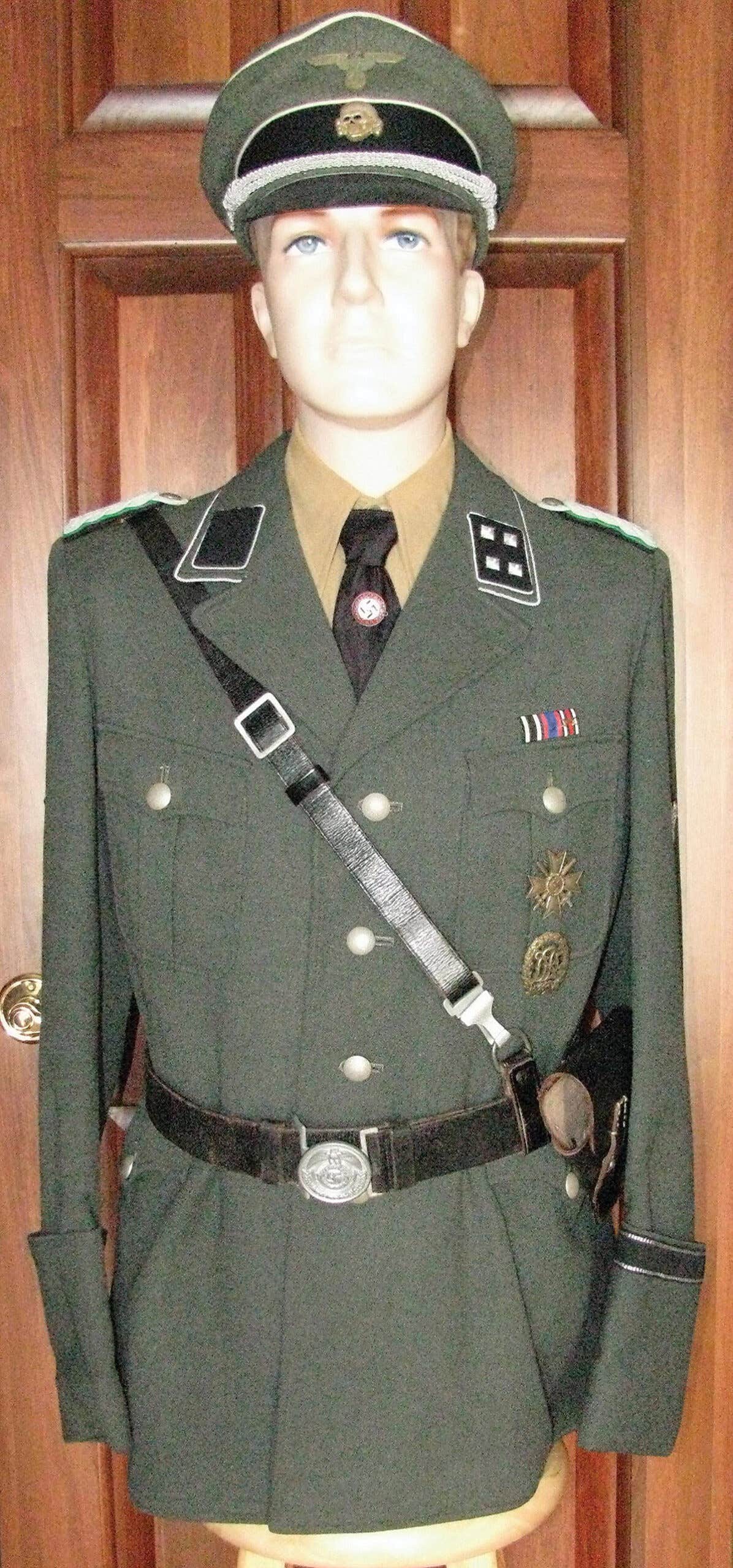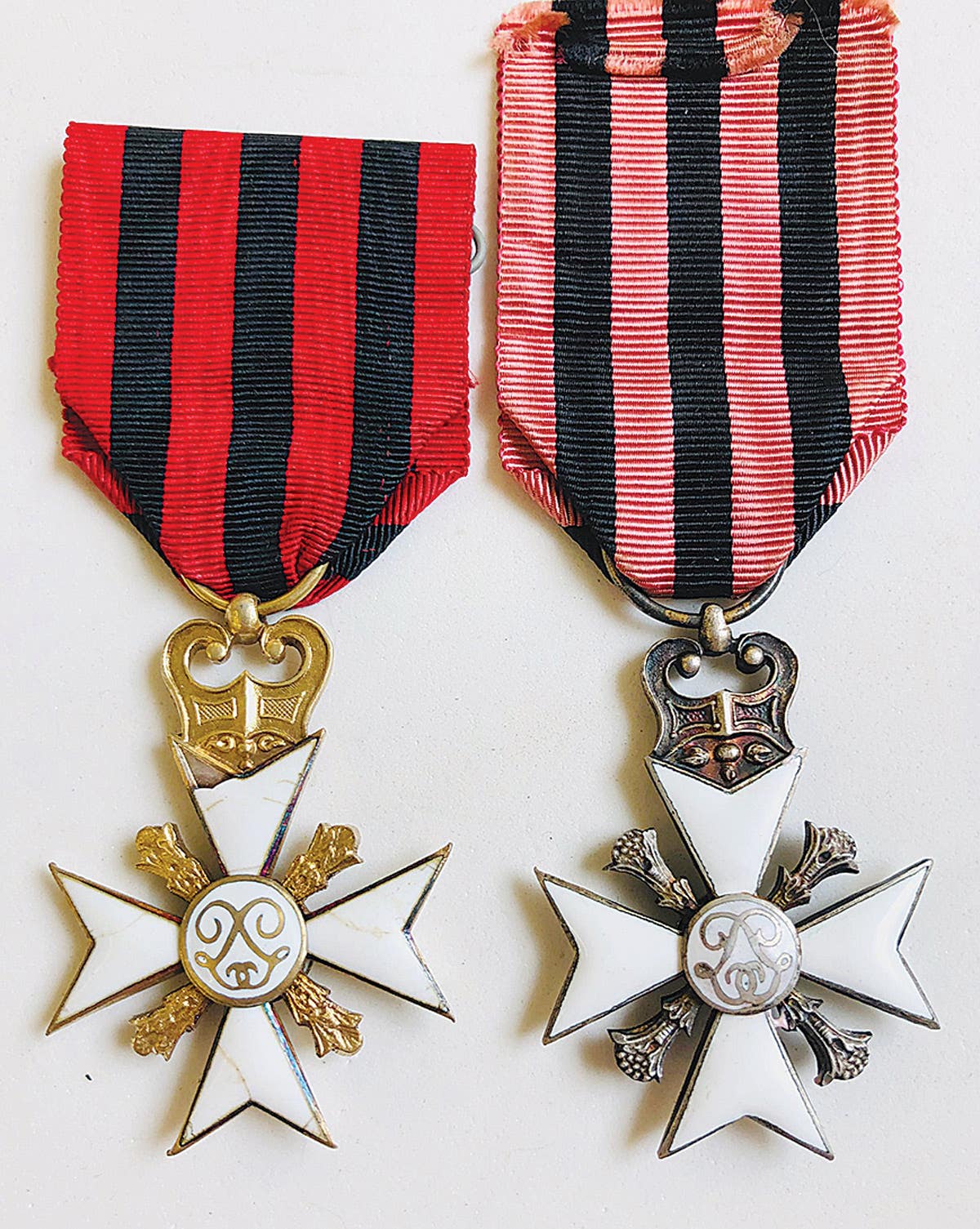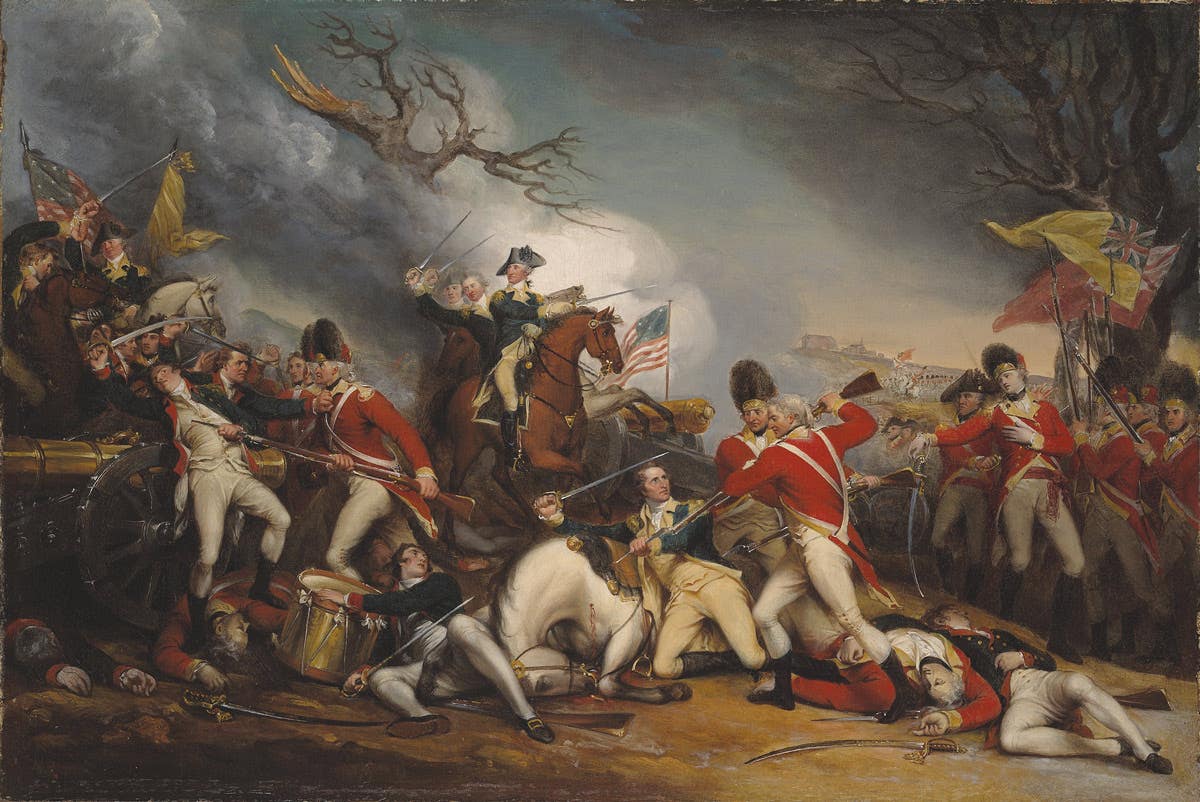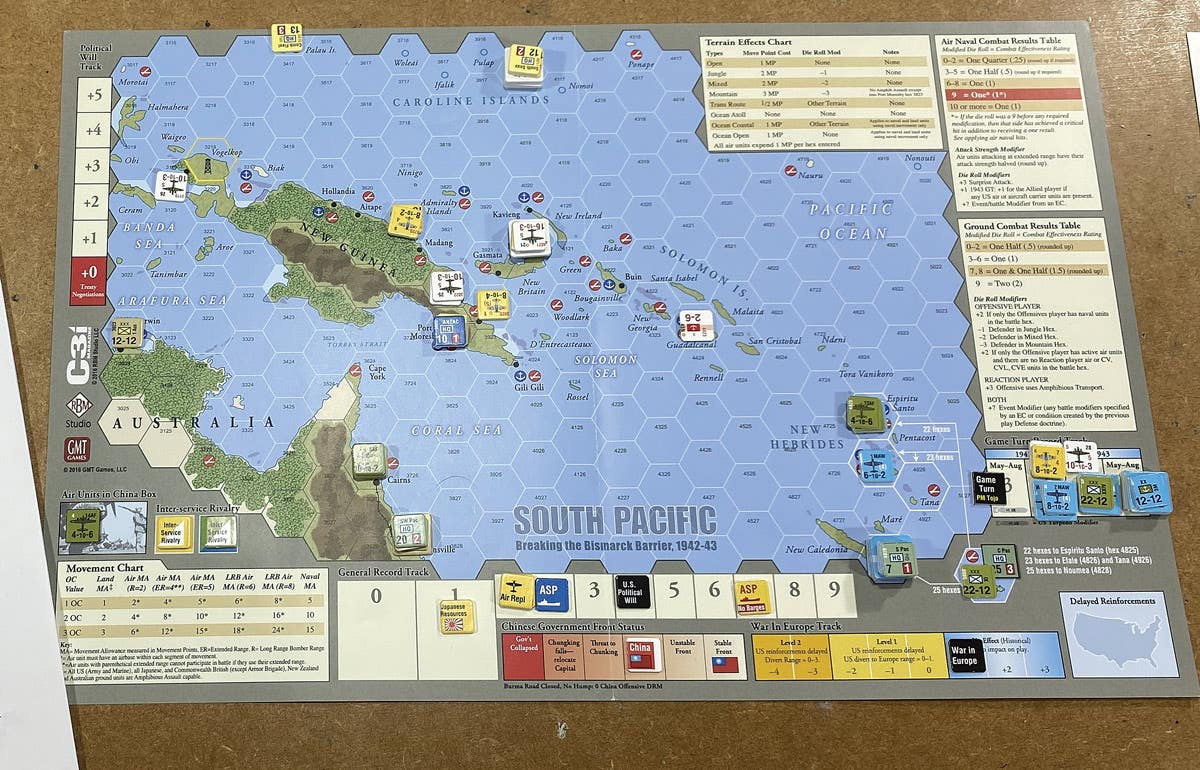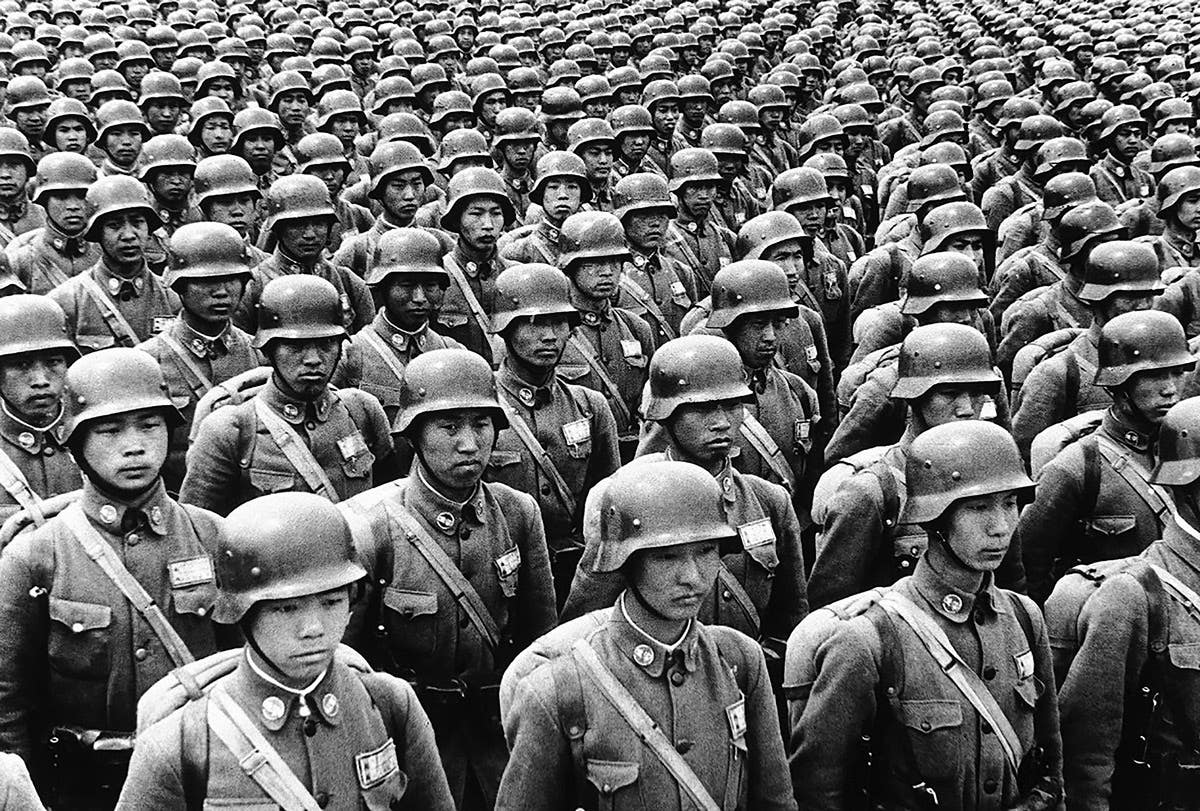Brazil’s ‘Adrian’ helmets
Brazil’s historic post-WWI ‘Adrian’ headgear had a French connection.
Before the First World War, Brazil and Germany had what could only be described as a complex relationship. There was pro-German sentiment due to the emergence of German-Brazilian communities, with Germany later becoming a significant trading partner of the South American nation. However, in 1905, a German Iltis-class gunboat, SNS Panther, was involved in a minor incident in Itajaí, Santa Catarina. Crew members arrested a deserted mariner on Brazilian soil, leading to a diplomatic crisis and an official apology from Berlin.
In the years that followed, Germany continued to promote its cultural influence, and the Brazilian government declared neutrality when the war broke out. It was after several Brazilian commercial ships were sunk due to Germany’s unrestricted submarine warfare policy that there was a shift in policy. In October 1917, six months after America entered the conflict, Brazil declared war on the Central Powers. Its role was small, but it included the dispatching of a small naval force to patrol the South Atlantic, while a small military mission was deployed to the Western Front.
The lasting impact of Brazil’s limited participation was that it adopted an American-style uniform, and the token force was provided with French-made Model 1915 “Adrian” combat helmets. How many of these helmets were issued is unknown, and it is believed either no badge was worn or the helmets featured French infantry badges.
What is noteworthy is that Brazil — after obtaining independence from Portugal in 1822 — had initially employed French-style and even French-made cavalry helmets, following the lead of other South American nations at the time. Following Prussia’s emergence as a major power and the unification of Germany, Brazil also adopted the German-made pickelhaube. That also followed a larger trend across Latin America in the latter decades of the 19th century, but the use of the German headgear in Brazil was limited. Perhaps due to its Portuguese heritage and lack of direct ties to Berlin, the German influence wasn’t as strong as it was seen in neighboring nations in South America.
By the early 20th century, Brazil began to adopt British-style tropical sun helmets, and reportedly even acquired some Model 1886 helmets directly from France.
The limited Germanic influence in Brazil was largely gone following the First World War. In 1921, a French military mission even headed to the South American nation, and Brazil took on more of a French influence that remained in the interwar period, notably during the presidency of Getúlio Vargas.
Enter the Brazilian “Adrian” Style Fiber Helmets
The first domestically produced Brazilian military helmet blurred the line between a “sun helmet” and “parade” headdress as it was made of fiber, and its purpose was as much to provide protection from the sun as any ballistic resistance. As noted in this author’s book, Military Sun Helmets of the World with Stuart Bates, “These were probably good for the jungles of Brazil, and while they lacked protection from even the smallest of small arms, they likely stood up to elements quite well.”
The helmets, which were introduced circa 1931, were a copy of the French Model 1915 “Adrian” steel helmet, but for reasons that aren’t entirely clear featured a more pointed front brim. The headgear was produced in a variety of shades of green and featured a leather liner and chinstrap. A number of variations were made, including a pattern that seemed like a cross between the British Mk I steel helmet and the French Model 1915/Model 1926 helmet. Several systems of combs on top of the helmet have also been seen, including ones that are made of fiber, while others are metal. At least a few patterns of the helmet lacked combs entirely and thus had the appearance of a waterproofed fiber sun helmet.
Despite the lack of ballistic protection and the fact that steel helmets were introduced (see below), the various fiber helmets were still worn by senior NCOs and officers even after Brazil entered the Second World War. There has been speculation that these were meant for officers, while steel helmets would be produced for those in the ranks.
Helmets of the Paulista War
The use of steel helmets in the South American country only occurred during the nation’s 1932 Constitutionalist Revolution, also known as the Paulista War. The conflict, fought between the large land owners in the state of São Paulo (known as the Paulistas) and the federal government led by Getúlio Vargas, was triggered by his 1930 coup and his subsequent rule by decree. The war lasted less than three months, and the loyalist forces achieved victory, while Vargas granted some concessions.
Two patterns of the French M1915/26 helmet were produced domestically and used primarily by the Paulistas. The exact maker of the steel alloy helmets is unknown, but it was likely produced at various facilities within the city of São Paulo. Design and production of the helmet had likely largely begun before the outbreak of the conflict, and it was just a matter of convenience for the Paulista forces that they gained access to the helmets.
From above, the increased size of the dome is apparent. Peter Suciu
The first model closely resembled the French M26, being a stamped shell made from one single piece of steel. It had a vent comb on top that was much smaller than that of the French military’s version. The length of the truncated comb was approximately the same as the comb found on the Soviet SSh-36 steel helmet introduced just a few years later, but that is likely a coincidence.
According to the book Les Casques de Combat: du Monde entire de 1915 a nos jours Tome 3 (Les Editions PSD, 1996) — with the chapter written by the noted late helmet collectors Dave Powers and Charlie Yust — the comb featured side two holes that “provided rather scant ventilation” while it was affixed to the helmet shell by two rivets. However, a helmet photographed for this article has a comb that is welded to the dome, suggesting there were multiple variations produced.
The second pattern featured a high domed vent knob. It is similar to the vent on the Russian/Finnish Sohlberg helmets produced during the First World War, but far more rounded. This is also likely just another coincidence, but it suggests that like-minded designs were common in the evolution of steel combat helmets during and following the First World War. Both helmet patterns featured a French-style liner and chin straps — likely copied from the French helmets.
After the defeat of the Paulistas, the Brazilian military employed the steel helmets alongside the fiber helmets and imported British Mk Is. What is notable is that a sun helmet version of the latter pattern was produced, possibly to allow NCOs or officers to wear a helmet similar in shape to their troops. Unlike the steel helmets, the fiber models were outfitted with a variety of badges.
After Brazil entered the Second World War, the French “Adrian” inspired helmets were retired from service, while the country adopted the American M1 combat helmet. The exact number of the Brazilian “Adrian” helmets produced remains unknown, but it was likely in the tens of thousands. They remain a legacy to Brazil’s civil war.
Author’s Note – A correction to Military Sun Helmets of the World. In the original text, I suggested that the Brazilian military never wore German-style pickelhaubes. While the German headgear wasn’t as ubiquitous as it was in other South American nations, pickelhaubes were, in fact, used in Brazil in the late 19th and early 20th centuries.
Peter Suciu
some elements from the British Mk I, which offered a bit more protection on the sides of the wearer than the French pattern. Peter Suciu
Looking for more headgear articles? Here are a few more for your reading enjoyment.
Peter Suciu is a freelance journalist and when he isn't writing about militaria you can find him covering topics such as cybersecurity, social media and streaming TV services for Forbes, TechNewsWorld and ClearanceJobs. He is the author of several books on military hats and helmets including the 2019 title, A Gallery of Military Headdress. Email him and he'd happily sell you a copy!



